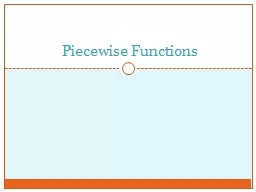PPT-Midterm Wrap up and Review
Author : giovanna-bartolotta | Published Date : 2017-08-26
Baseflow Separation PhiIndex Determining the index and Excess Rainfall Hyetograph Direct Runoff from the SCS Curve Number Equation Midterm Format Open Book Answer
Presentation Embed Code
Download Presentation
Download Presentation The PPT/PDF document "Midterm Wrap up and Review" is the property of its rightful owner. Permission is granted to download and print the materials on this website for personal, non-commercial use only, and to display it on your personal computer provided you do not modify the materials and that you retain all copyright notices contained in the materials. By downloading content from our website, you accept the terms of this agreement.
Midterm Wrap up and Review: Transcript
Download Rules Of Document
"Midterm Wrap up and Review"The content belongs to its owner. You may download and print it for personal use, without modification, and keep all copyright notices. By downloading, you agree to these terms.
Related Documents














